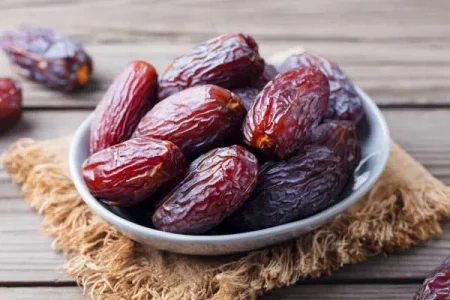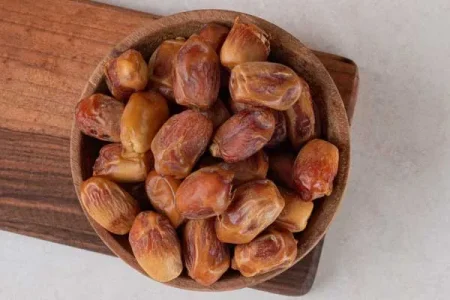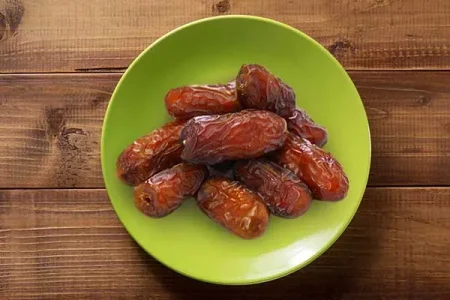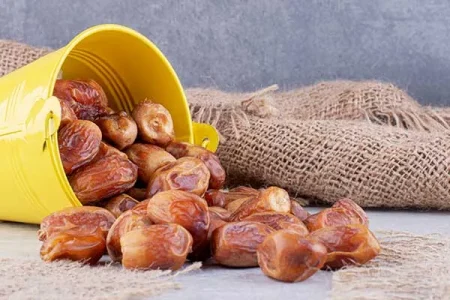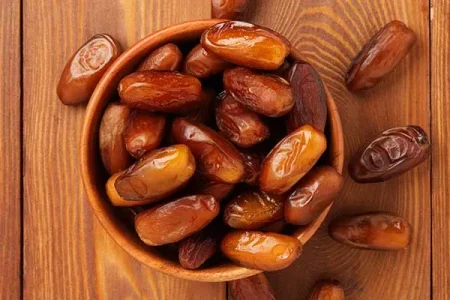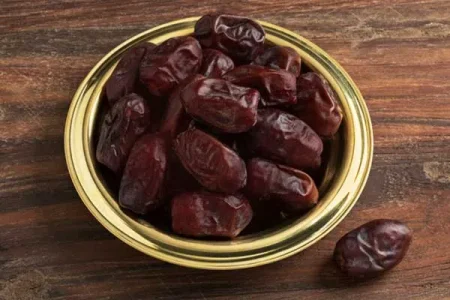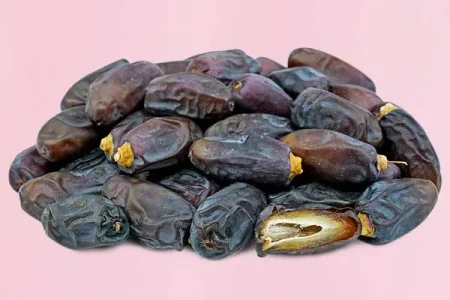After Astamaran and Shahani in Iran, this is the most important and economical date cultivar of the country. it is cultivated in different parts of the country and its origin in Iran is Bam City in Kerman Province. Bam Mazafati Rutab (Bam Mazafati Date) is one of the best varieties of date in the country in terms of the domestic market. In addition to its dispersity in Kerman Province (cities of Bam, Jiroft, Kahnouj, Shahdad, Narmashir), it is also dispersed in Saravan, Iranshahr, Nik Shahr, Haji Abad, Tabas, Khur, and Biyabanak which is located in Isfahan Province.


